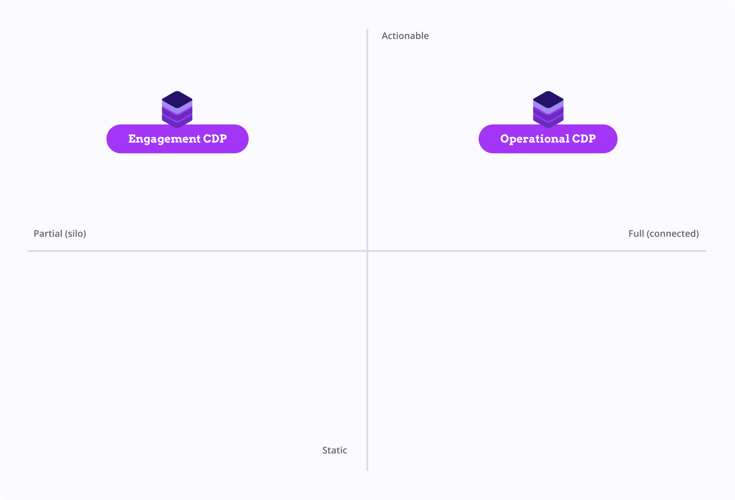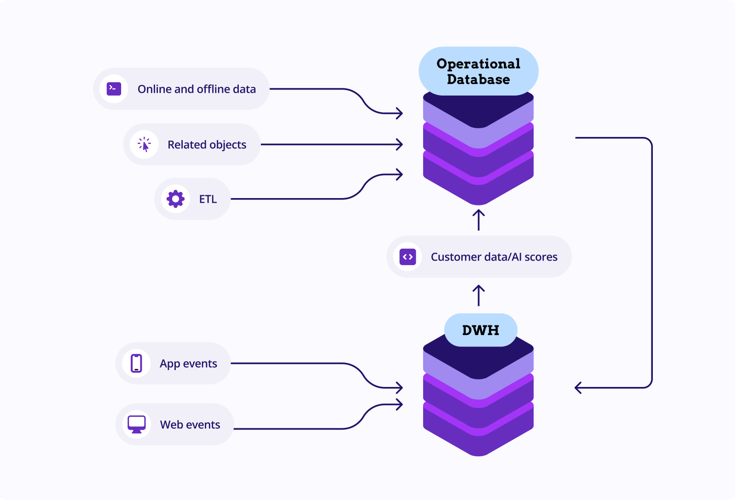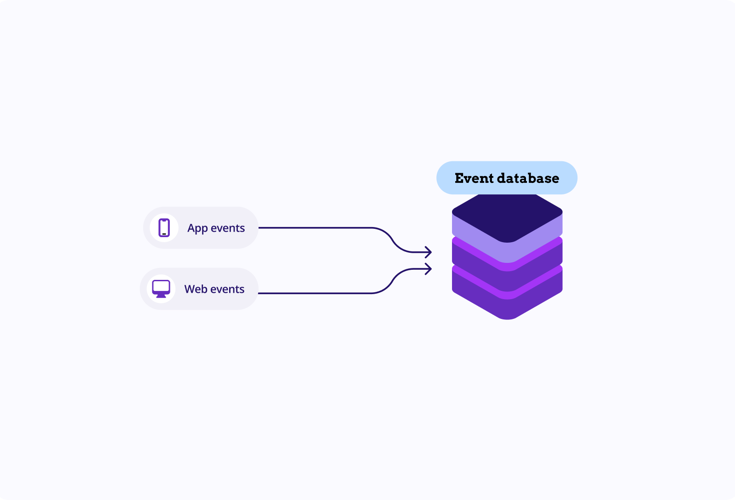Different types of CDPs
A fragmented market
Navigating the CDP market is complex for several reasons.
1. With over 100 players and new entrants joining regularly, the market is seeing consolidation, typical of maturing sectors.
2. The CDP landscape is highly fragmented, with the term "CDP" covering a wide range of solutions with varying functionalities.
While all CDPs aim to connect, unify, and activate customer data, their approaches differ, leading to different types of CDPs.
We're here to provide clarity and help you navigate this complex landscape to make the right choice.
Two types of CDPs


Operational CDPs
Engagement CDPs

More about Operational CDPs
These CDPs prioritize the collection, unification, and transformation of data, offering advanced data management capabilities. They are designed to establish a robust foundation for delivering data to other systems and tools.
These CDPs are frequently highly flexible and can be tailored to the specific needs of an organization. They provide extensive functionality in data unification, enrichment, and transformation.
While their emphasis may not be as pronounced in terms of activation and engagement, they can seamlessly integrate with other tools and systems to deliver a comprehensive customer-centric solution.
Which CDP is right for me?
Understanding which type of CDP best suits your organization's needs is crucial. If your primary focus is on marketing engagement and activation, a CDP tailored for engagement may be the optimal choice.
If you wish to underscore data management and flexibility, a CDP specialized in data management may be a better fit. This is particularly true if you intend to leverage your first-party data for developing Machine Learning models and algorithms—an operational CDP is an excellent fit due to its core functionalities.
Discover more

Article
6 min read
Four reasons IT should now take the lead in ensuring customer data quality and availability

Nike - FFF
Leveraging deep customer insights for personalized campaigns

White paper